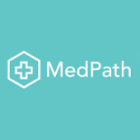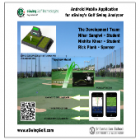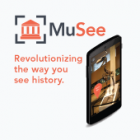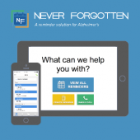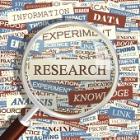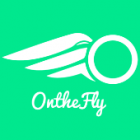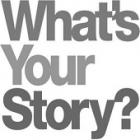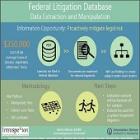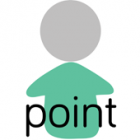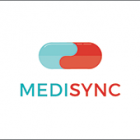
MediSync
MediSync: A Safer Way to Schedule Medicine Nina Dang (Informatics), David Gutierrez (Informatics), Troy Griffiths (Informatics), Brett Yamada (Informatics) According to the Centers for Disease Control and Prevention, prescription drug overdose is the leading cause of injury death in the United States. Among them, about 80% are unintentional. When drug overdose occurs, it is typically contributed to a medication regimen with conflicting side effects, insufficient spacing of time in-between consumption, or the addition of over-the-counter drugs. MediSync, a mobile application, helps prevent these situations with careful scheduling and monitoring. With the touch of a button, users are reminded to take their medication at the proper times. Additionally, when adding a new drug to their regimen, the user will be alerted if a harmful interaction is detected against their existing schedule. MediSync’s provided awareness of prescription drug intake is the next step towards healthier habits and saving lives.

